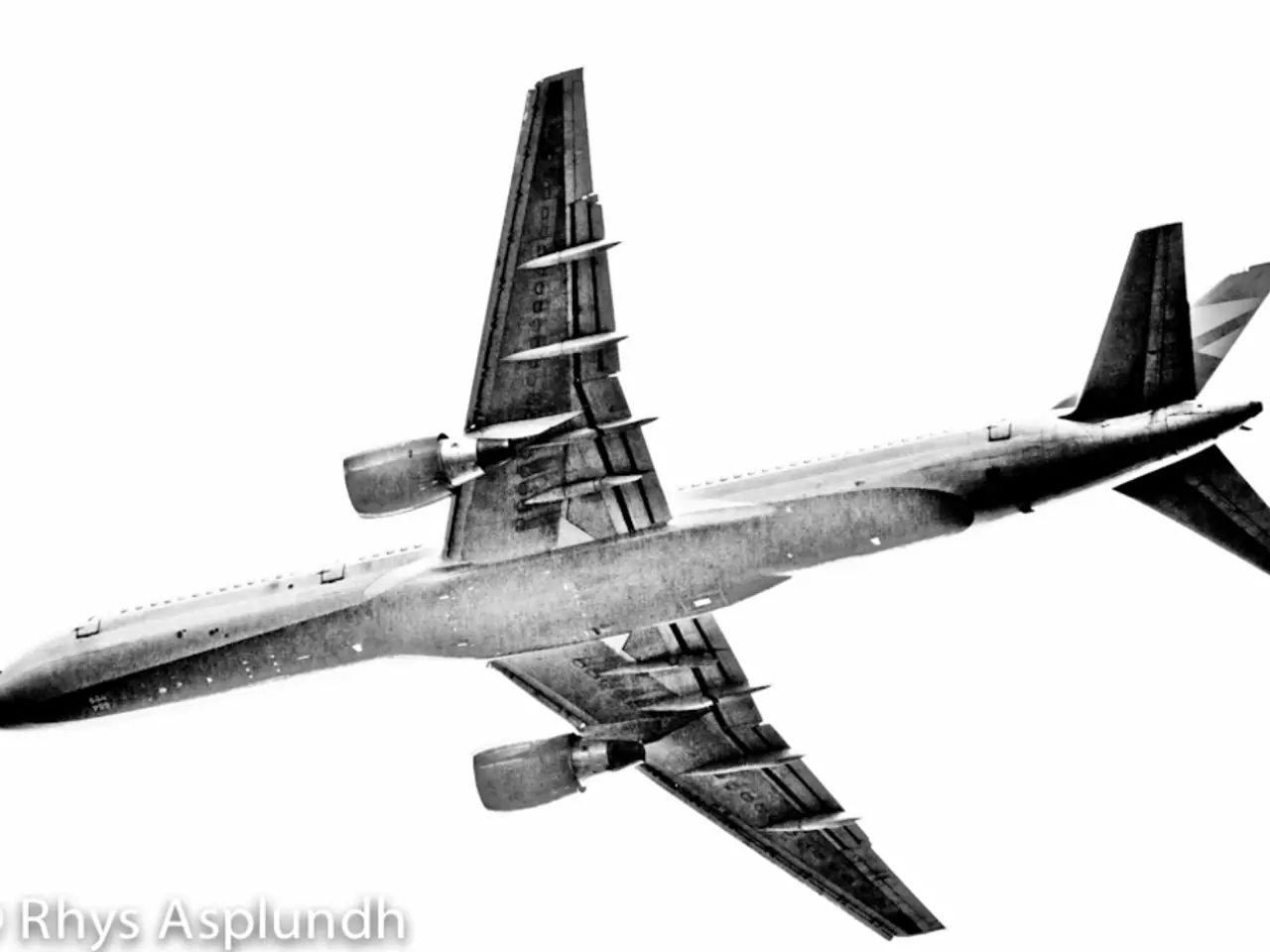FAA Forecasts Significant Growth in Commercial Space Operations
Forecasted Growth of Commercial Space Operations Anticipated by FAA by Fiscal Year 2034
The Federal Aviation Administration (FAA) has released a 10-year forecast (Fiscal Years 2025-2045) for commercial launch and reentry operations, predicting a significant increase in the number of spaceflight activities driven by expanding satellite deployments, space tourism, and commercial payload services.
According to the FAA's Aerospace Forecast for Fiscal Years 2025-2045, the number of annual commercial space launches could potentially increase several-fold over the next two decades. To accommodate this expected growth, the FAA and industry will need to implement several infrastructure and regulatory adjustments.
Infrastructure Upgrades will be crucial to manage the increase in commercial space traffic. This includes expansion and modernization of spaceports and launch facilities to handle higher launch frequencies safely, enhanced tracking and communication systems for managing increased traffic in both launch and re-entry phases, and integration of space operations within national airspace systems to coordinate with conventional aviation and avoid conflicts.
Regulatory Adjustments are also essential to maintain safety and efficiency. The FAA is developing and refining licensing processes to efficiently handle a larger volume of commercial spaceflight operators, updating safety standards and risk management frameworks considering new vehicle types and operational profiles, and addressing space traffic management and orbital debris mitigation due to increased satellite constellations and launches.
Technology plays a crucial role in managing the challenges of increased commercial space traffic. The FAA is deploying technologies such as the Space Data Integrator (SDI) to provide near real-time telemetry from spacecraft, allowing Air Traffic Control to streamline airspace closures and reduce operational delays.
The FAA is also adjusting its regulatory processes for agility and efficiency, including multi-mission licensing under Part 450. The agency is establishing new rulemaking committees and proactively engaging with commercial stakeholders to adapt to the challenges of increased commercial space traffic.
Under the high-case scenario, the forecast anticipates a jump from approximately 183 operations in FY 2025 to as many as 566 operations by FY 2034. The ranges highlight a potentially more than threefold increase in annual commercial space operations within a decade. Under this scenario, cumulative commercial space activities could exceed 4,000 operations within ten years.
The FAA has issued record numbers of commercial space operation licenses, with 148 licensed operations conducted in FY 2024 alone, marking a 30% year-over-year increase. However, this growth places pressure on both physical and regulatory infrastructure, including launch and reentry site capacity, terminal radar and radar approach control systems, tracking and telemetry capabilities, and the FAA's overall operational bandwidth.
The implementation of the Space Data Integrator promises to deliver near-real-time trajectory data to Air Traffic Control systems, improving airspace management and ensuring the sustainable growth of commercial space operations without compromising aviation safety or environmental standards. For exact numbers and detailed projections, consulting the FAA's official Aerospace Forecast document for Fiscal Years 2025-2045 is recommended once available.
- The increase in commercial space activities, such as space tourism and Mars missions, is projected to drive a significant expansion of the space economy.
- The FAA, in collaboration with the industry, will need to make infrastructure and regulatory adjustments, like modernizing launch facilities and developing agile licensing processes, to accommodate the growth in commercial space operations.
- With the rise of commercial space, investments in aerospace technology will be vital for managing the challenges of increased traffic, such as deploying the Space Data Integrator for near real-time telemetry.
- The growth in commercial space operations, with potential increases several-fold over the next decade, will require collaboration between regulators, industry, and investors to maintain safety, efficiency, and sustainable development in the emerging space tourism market and commercial satellite industry.




